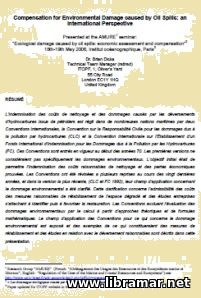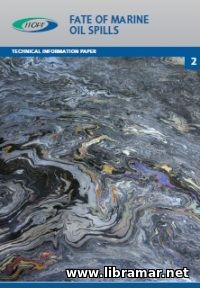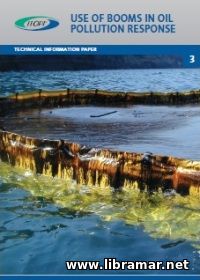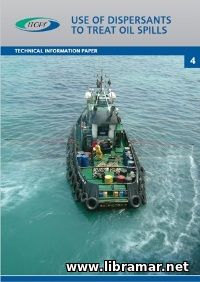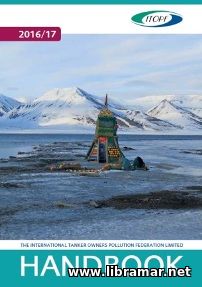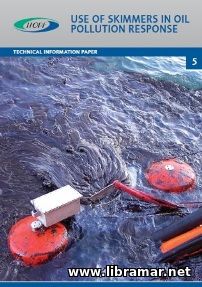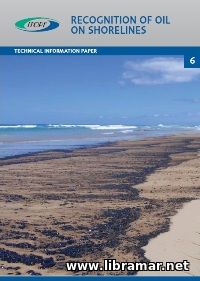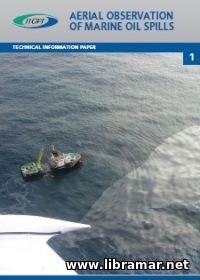
The present document opens a series of technical information papers released by ITOPF. this booklet has been devoted to the marine oil spills and their aerial observation. Subject reconnaissance is considered one of the critically important elements of the effective response to the most of marine oil spills.
It is widely used for the assessment of location where the spill has occurred and of the extent of contamination by oil. It is also an important instrument for verification of the prediction of oil slicks movement at sea. Such surveillance will provide all required information that will be used by the specialists to facilitate the deployment and further control of the operations, protection of the areas under threat and preparation of the various resources used for the clean-up of the shoreline.
The document provides professional guidance and practical advice on how the aerial reconnaissance shall be provided effectively to reach the desired results. Starting with the description of the observation strategy, it then moves to the preparations to be made, recording and reporting matters, appearance of oil and quantifying its volumes, remote sensing techniques etc. A useful publication for anyone involved in the oil spills observation and associated activities.
